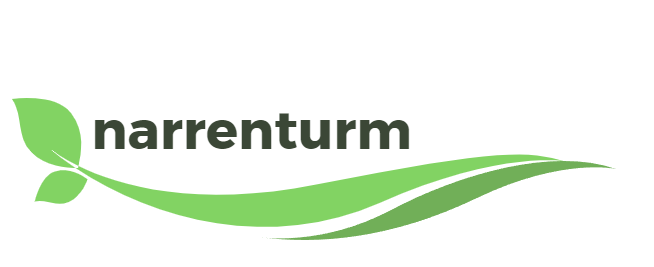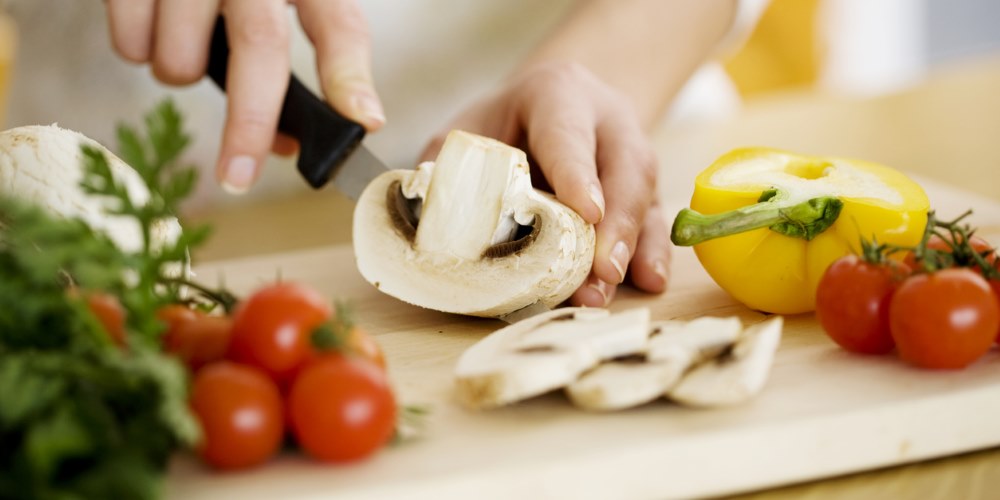The Handle
Having a comfortable and solid grip on your handle is important. While holding on to it, you shouldn't have to exert any effort, and it shouldn't be slippery when wet. The bottom of the professional cutlery direct should have adequate space so that you don't bash your knuckles while you chop (the height of the blade affects this). Molds or indentations are included in the handles of individual blades to make them easier to hold. Some individuals find them to be effective in their situations. Others find that they impose an uncomfortable grasp on the knife and make it difficult to hold the knife at strange angles, such as when butterflying a chicken breast or cutting a melon, among other tasks.
The Bolster
The bolster, also known as the collar, shoulder, or shank, is a thick piece of metal that connects the blade and handle. The bolster may be used to increase the strength and stability of a professional cutlery direct. As well as to protect your holding hand's fingers from the blade's edges. A partial bolster, which does not reach the blade's heel, is seen on certain forged knives, whereas no bolster is found on other knives, particularly Japanese-style knives. It is possible to sharpen the whole length of a partial- or no-bolster knife, straight through its heel, which is a distinct benefit. Keep your attention on the slope of the knife's bolster as you hold it. While it may be more obvious or more gradual, neither style should cause you to feel like you need to tighten your hold.
The Heel
A knife's heel is the widest and thickest section of the edge that has the most heaviness unless it's a Japanese-style forged knife (see "What is a Japanese-style chef's knife?" below). This tool is designed to use force to cut through tough tendons in chicken or the thick skin of winter squash. Keep an eye out for blades that "thunk" at the heel when shaken or rolled.
The Spine
A squared edge is often seen on the top section of the blade, representing the blade's top portion. If the edges are harsh and rough, this might irritate your grasping hand. If the edges are polished, this is a good indication. It is also important for the spine to taper at the tip; a thick tip would make it difficult to work with it.
The Edge
Right out of the box, an excellent chef's knife should be razor-sharp. Slicing through a piece of paper is an excellent way to determine sharpness. Clean, quick cuts may be made with a well-honed knife. (Of course, if you have the possibility, you should cut some food as well). Please take notice of the blade's line as well as its length. Click on this link to buy the professional cutlery direct at the best price.
Conclusion
The first step in obtaining a chef's knife that is right for you is to look for a cutlery or cookware shop (rather than an online or mail-order supplier) with many sample knives that you can handle even better. Move on to a cutting surface. To purchase professional cutlery direct, you must go to a store. Rather than relying on individuals who can direct you to a knife that matches your needs. Look instead for those who can guide your decision on which knife to purchase.


